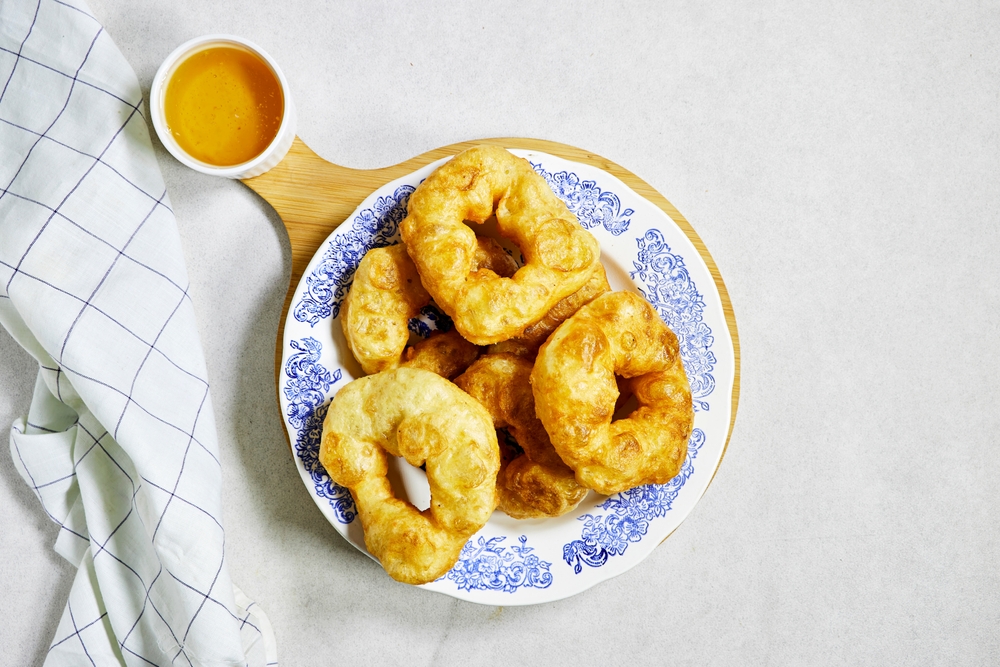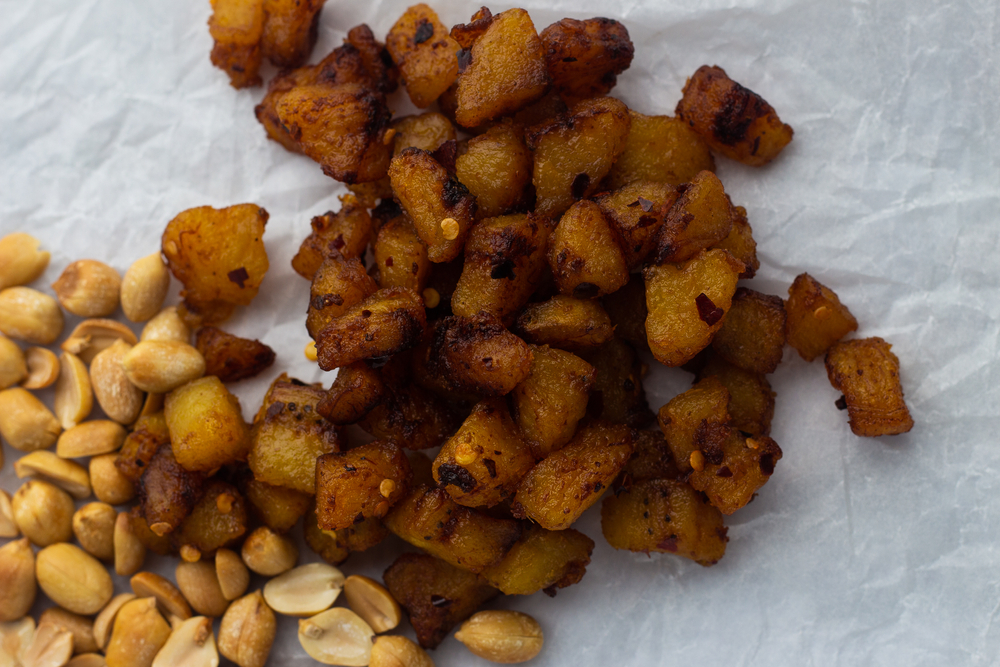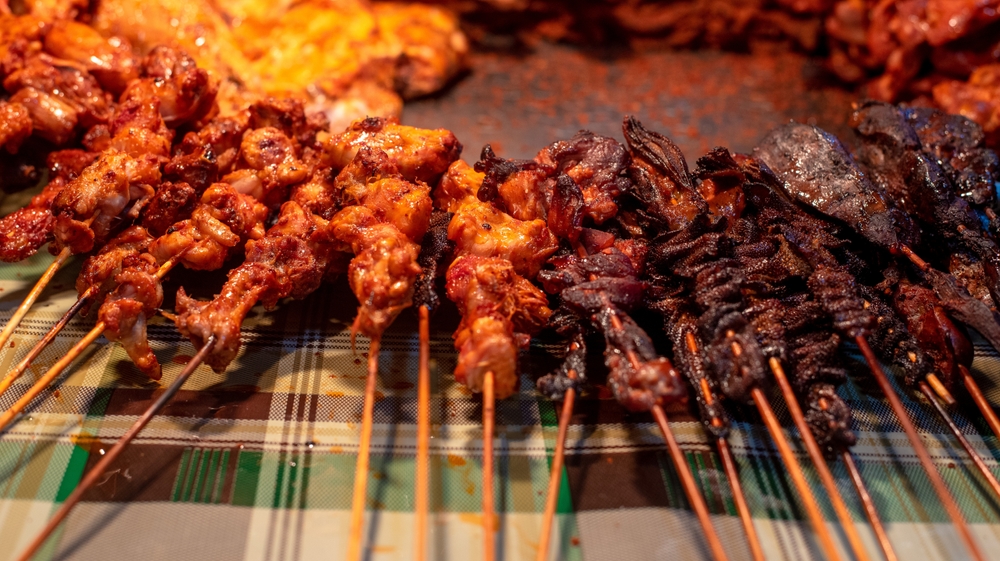Indulge in the flavors of Sudan with our mouthwatering recipe for Shahan Ful. This traditional dish is a staple in Sudanese cuisine and is sure to tantalize your taste buds. Packed with protein and bursting with rich flavors, Shahan Ful is a hearty and satisfying meal that will leave you craving more.
Our authentic recipe uses simple, wholesome ingredients to create a dish that is both nutritious and delicious. Combining fava beans, tomatoes, onions, garlic, and a blend of fragrant spices, Shahan Ful is a flavorful combination that will transport you to the streets of Sudan.
History and Cultural Significance of Shahan Ful in Sudan
Shahan Ful has a long history and holds a special place in Sudanese culture. This traditional dish has been enjoyed by generations and is deeply rooted in Sudanese culinary traditions.
In Sudan, Shahan Ful is often consumed as a breakfast dish, providing a nourishing start to the day. It is also a popular street food, with vendors selling it from their stalls in bustling marketplaces. The aroma of simmering spices and the sight of the dish being prepared is a common scene in Sudanese cities.
The dish holds cultural significance as it is often shared with family and friends during gatherings and celebrations. It brings people together, fostering a sense of community and connection. The preparation and serving of Shahan Ful is a time-honored tradition that is passed down from one generation to the next.
Ingredients Required for Shahan Ful
To make a delicious batch of Shahan Ful, you will need the following ingredients:
- 2 cups of dried fava beans
- 2 medium-sized tomatoes, diced
- 1 large onion, finely chopped
- 4 cloves of garlic, minced
- 1 teaspoon of ground cumin
- 1 teaspoon of ground coriander
- 1 teaspoon of paprika
- Salt and pepper to taste
- Olive oil for cooking
These ingredients can be easily found in most grocery stores or specialty markets. It is important to use dried fava beans for an authentic flavor and texture. Soak the beans overnight before cooking to ensure they are tender and easy to digest.
Preparation and Cooking Methods
To prepare Shahan Ful, follow these simple steps:
- Rinse the soaked fava beans and drain them.
- In a large pot, heat olive oil over medium heat.
- Add the chopped onion and minced garlic to the pot. Sauté until the onion is translucent and fragrant.
- Stir in the diced tomatoes and cook until they begin to soften.
- Add the soaked fava beans to the pot, along with the ground cumin, coriander, paprika, salt, and pepper.
- Pour enough water into the pot to cover the beans, and bring the mixture to a boil.
- Reduce the heat to low, cover the pot, and let the beans simmer for about 1 to 1.5 hours, or until they are tender and cooked through.
- Once the beans are cooked, use a fork or potato masher to partially mash them, creating a thick and creamy consistency.
- Adjust the seasoning to taste, adding more salt, pepper, or spices if desired.
Variations and Regional Adaptations of Shahan Ful
While the basic recipe for Shahan Ful remains consistent across Sudan, there are regional variations and adaptations that add unique flavors and textures to the dish.
In some parts of Sudan, diced bell peppers or chili peppers are added to the dish to give it a spicy kick. Others may choose to add a squeeze of lemon or lime juice for a tangy twist. The addition of fresh herbs such as parsley or cilantro can also enhance the flavor profile of Shahan Ful.
In addition to the traditional fava beans, some variations of Shahan Ful incorporate other legumes such as chickpeas or lentils. These variations provide additional protein and fiber, making the dish even more nutritious.
Health Benefits of Shahan Ful
Shahan Ful is not only a delicious dish but also a nutritious one. The main ingredient, fava beans, is packed with protein, fiber, and essential vitamins and minerals. It is an excellent source of plant-based protein, making it a popular choice for vegetarians and vegans.
The fiber content in Shahan Ful helps promote digestion and can aid in maintaining a healthy weight. It also helps regulate blood sugar levels and can reduce the risk of developing chronic diseases such as diabetes and heart disease.
The blend of spices used in Shahan Ful, including cumin and coriander, not only adds depth of flavor but also provides numerous health benefits. These spices have anti-inflammatory and antioxidant properties, which can support overall health and well-being.
Serving Suggestions and Accompaniments
Shahan Ful is a versatile dish that can be enjoyed in various ways. Traditionally, it is served with warm bread, such as Sudanese flatbread or crusty baguette, which is perfect for scooping up the creamy bean mixture.
For a lighter option, serve Shahan Ful with a side of fresh vegetables, such as sliced cucumbers, tomatoes, and lettuce. This adds a refreshing element to the dish and provides additional nutrients.
To enhance the flavors of Shahan Ful, consider topping it with a drizzle of olive oil, a sprinkle of ground cumin, or a handful of chopped fresh herbs. These simple additions can elevate the dish and add a burst of freshness.
Traditional Sudanese Recipes Featuring Shahan Ful
Shahan Ful is not only enjoyed on its own but also used as an ingredient in other Sudanese dishes. It is often incorporated into stews and soups, adding a creamy texture and a boost of flavor.
One popular dish that features Shahan Ful is “Ful Medames.” This dish combines cooked fava beans with garlic, lemon juice, and olive oil. It is typically served with boiled eggs, fresh vegetables, and warm bread.
Another traditional Sudanese recipe that includes Shahan Ful is “Mulahwaja.” This hearty soup incorporates Shahan Ful, along with vegetables, spices, and meat, creating a flavorful and satisfying meal.
Where to Find Shahan Ful in Sudan
If you ever find yourself in Sudan, you won’t have to look far to find Shahan Ful. It is a staple dish in Sudanese cuisine and can be found in local restaurants, street food stalls, and even in households.
When visiting Sudan, be sure to explore the local markets and try Shahan Ful from street vendors. The authentic flavors and aromas will transport you to the heart of Sudanese culture.
Conclusion and Final Thoughts on Shahan Ful
Shahan Ful is a beloved dish in Sudanese cuisine, cherished for its rich flavors, versatility, and cultural significance. Whether enjoyed as a breakfast dish or a main course, Shahan Ful is a satisfying and nutritious meal that will leave you craving more.
By following our authentic recipe, you can recreate the flavors of Sudan in your own kitchen. The combination of fava beans, tomatoes, onions, garlic, and fragrant spices will transport your taste buds to the vibrant streets of Sudan.
So, why not embark on a culinary adventure and experience the taste of Sudan with our irresistible Shahan Ful recipe? Indulge in the flavors, embrace the cultural significance, and savor every bite of this traditional Sudanese dish.














